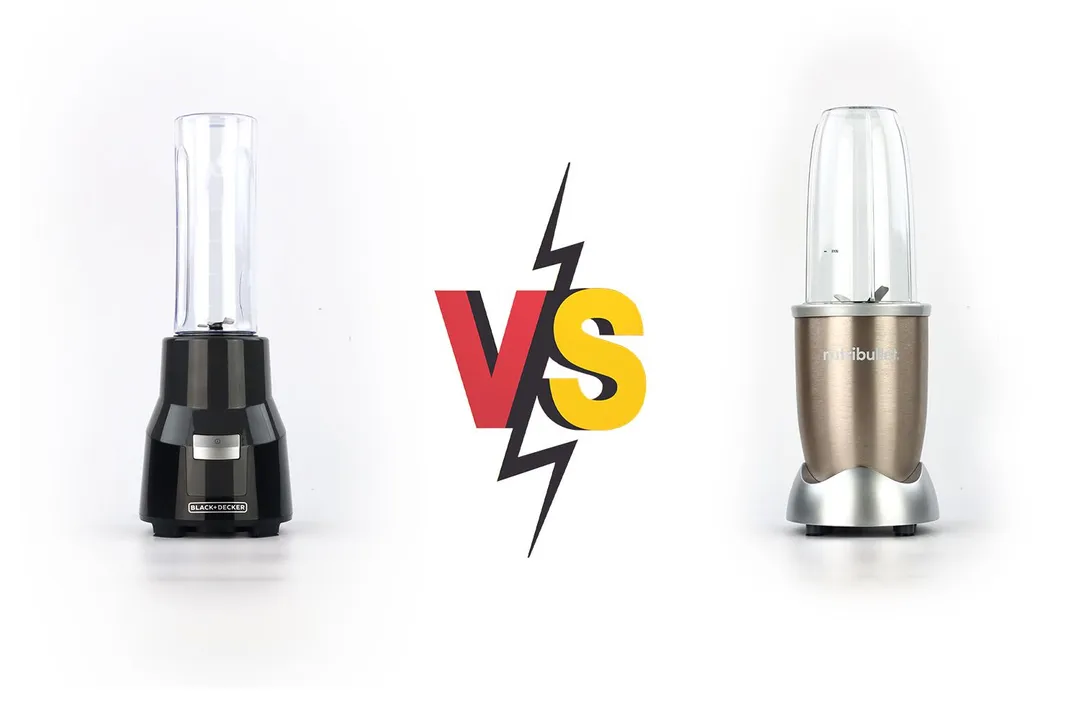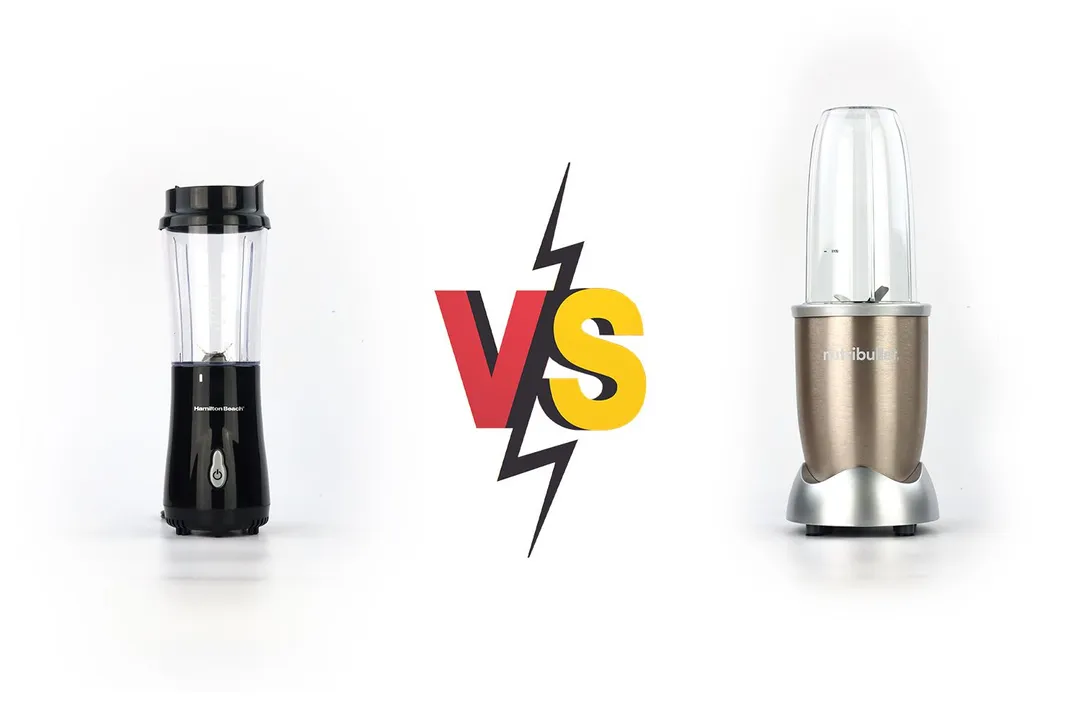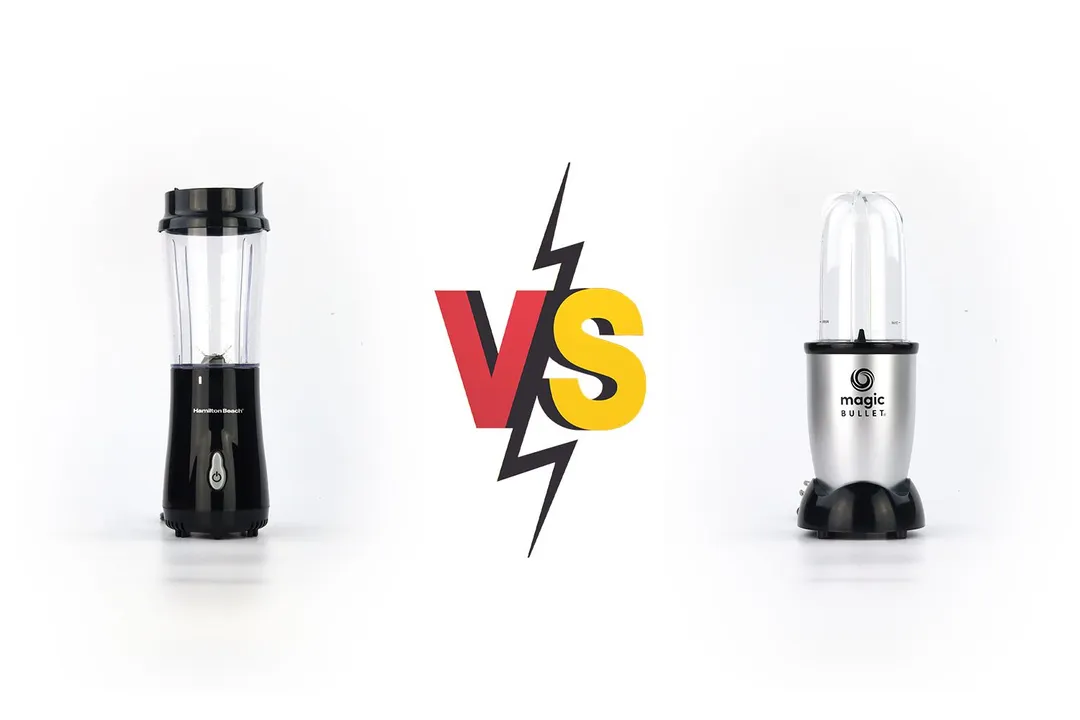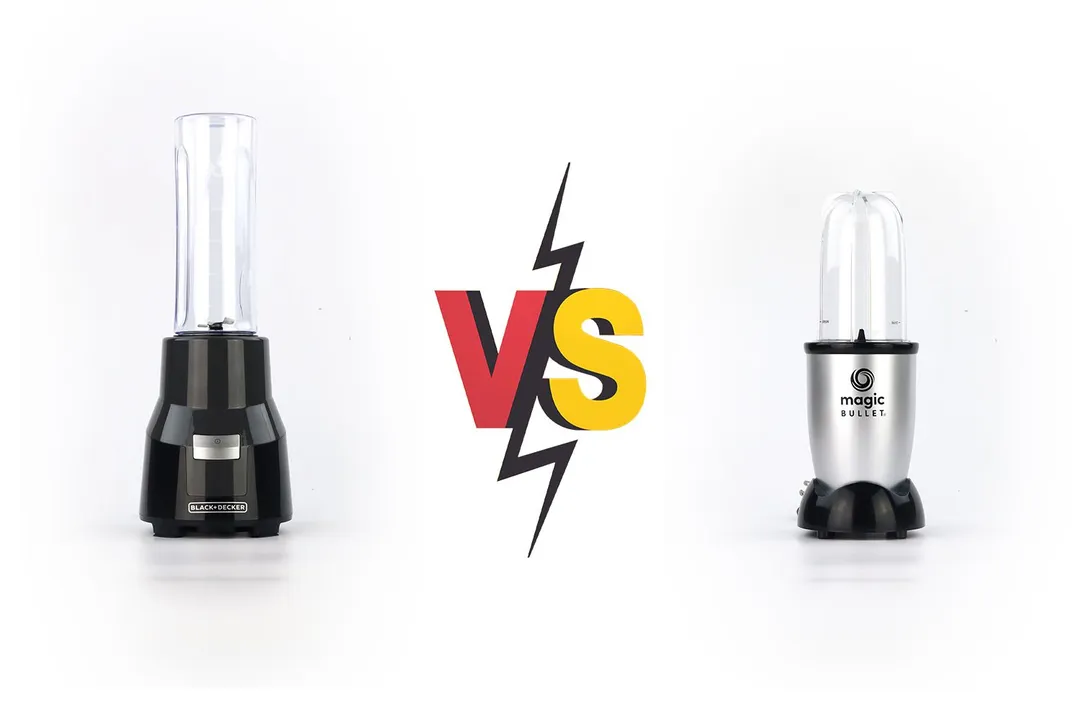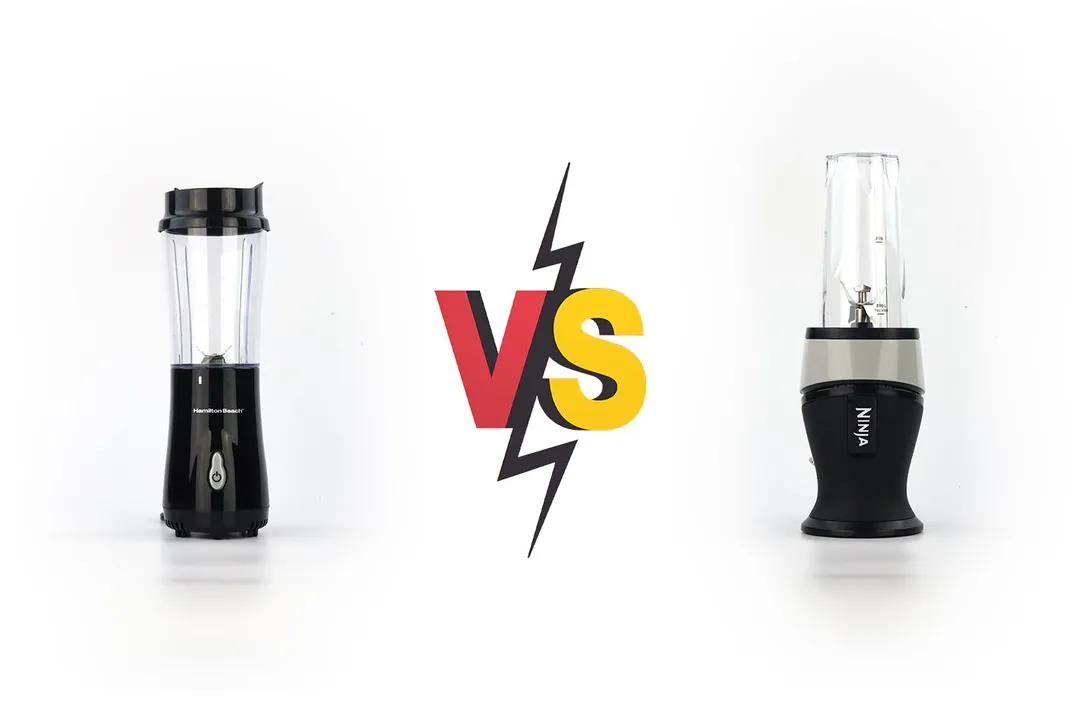Our recommendations are made independently through Research & Testing. We may receive commissions from purchases made via our links.
BLACK+DECKER FusionBlade vs Hamilton Beach 51101AV Side-by-Side Comparison
How do the BLACK+DECKER FusionBlade vs. the Hamilton Beach 51101AV stack up? We answered this question by comparing their specs, features, and testing their performance.
BLACK+DECKER FusionBlade
Tested Using Methodology v1.0Hamilton Beach 51101AV
Tested Using Methodology v1.0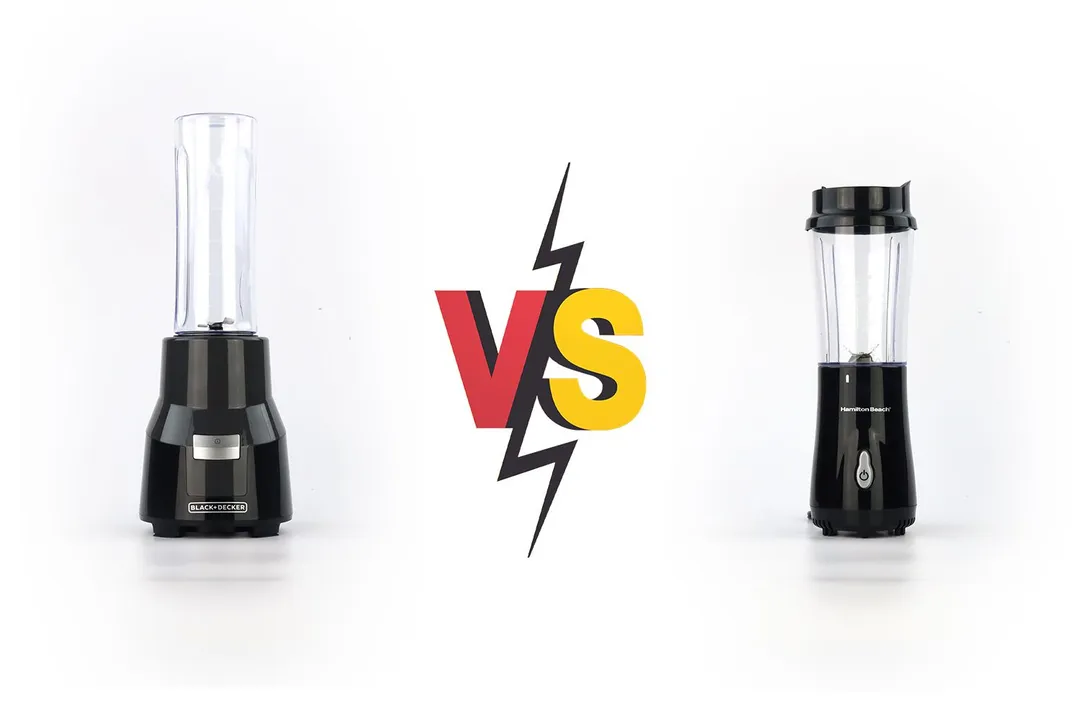
Overall Verdict
Choosing between these two models is easy since the BLACK+DECKER FusionBlade wins hands-down against the Hamilton Beach 51101AV in every aspect, from performance, to usability and build quality.
Although it wasn’t the best of the group starting out, its testing results were largely very acceptable, and the comfort it provided was far more pleasant than the Hamilton Beach.
As a low-range personal blender, the Hamilton Beach was the worst in this analogy. Like the BLACK+DECKER FusionBlade, it was unable to crush ice, but its overall score wasn’t as high due to its smoothie coming out smooth but with large chunks of unprocessed strawberries. Likewise, the protein shake was less enjoyable to drink as some of the almonds and dried blueberries couldn’t be broken up. Its blending wasn’t sufficient enough to extract as many nutrients from leafy veggies as did the BLACK+DECKER FusionBlade.For the most part, we agreed that this blender isn’t worth your consideration.
Pros & Cons
- It offers consistent performance.
- There is an extra blending jar with twist-on travel lids included.
- The motor is more than sufficient for light-duty tasks.
- It has a fetching, well-finished, and simple design.
- Inexpensive and easy to use with one-touch blending.
- Blending cup features measuring lines.
- Compact design makes it perfect for use in small spaces.
- It is adequate for light blending performance.
- It doesn’t allow for hands-free operation
- A better blade assembly could make blending more efficient.
- The low-powered motor limits its capabilities.
- Poorly-built quality impairs the machine’s overall performance and durability.
- It works inconsistently
- The blades are too short, which affects the blending time and final results.
Key Specs
Where to Buy
*You help support HealthyKitchen101's product testing and reviews by purchasing from our retail partners.
Analysis and Test Results
Performance
Protein Shake
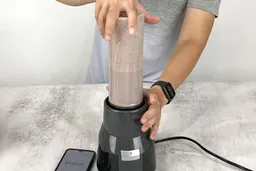





Frozen Fruit Smoothie
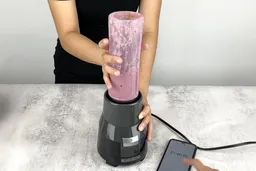


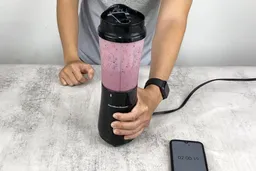


Fibrous Greens
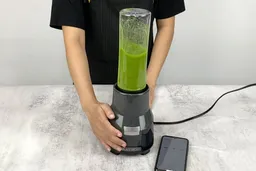
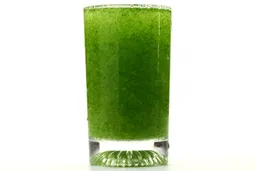
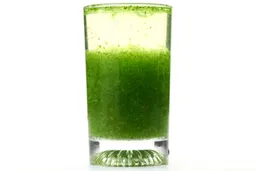

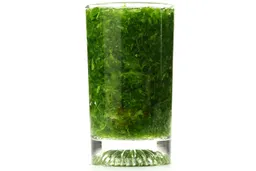
Crushed Ice Cubes
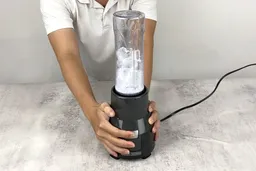

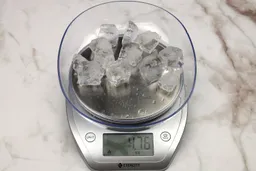
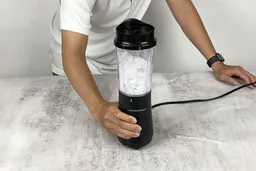

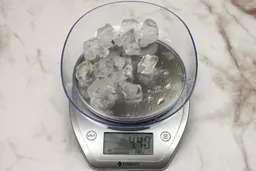
Design
In the Box
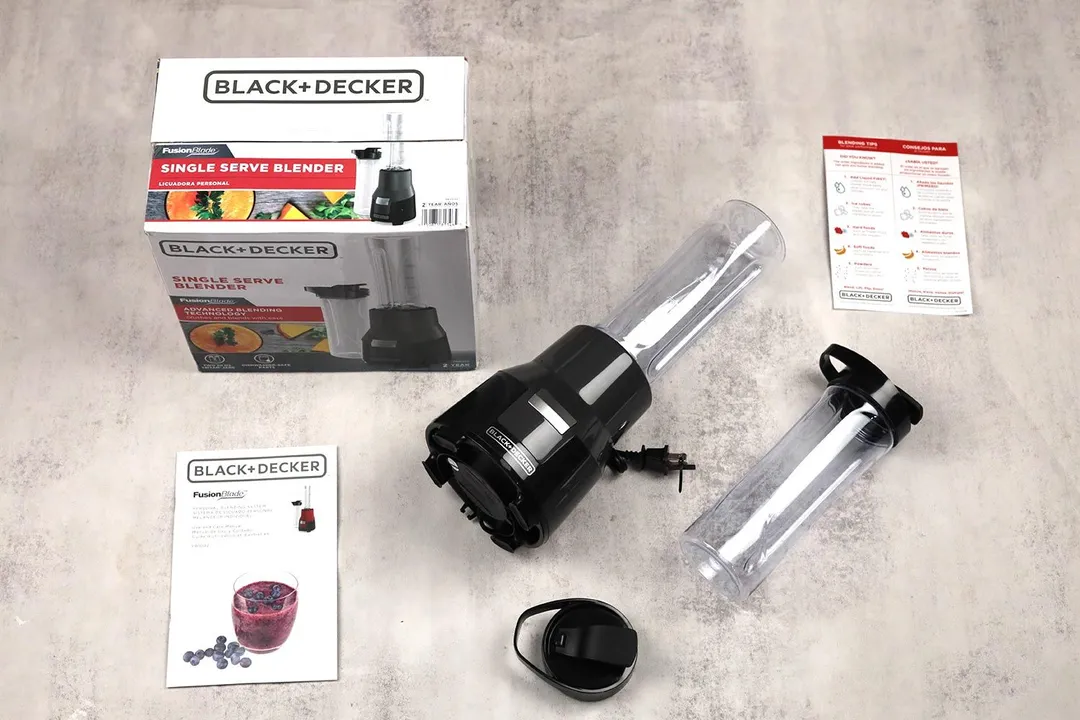
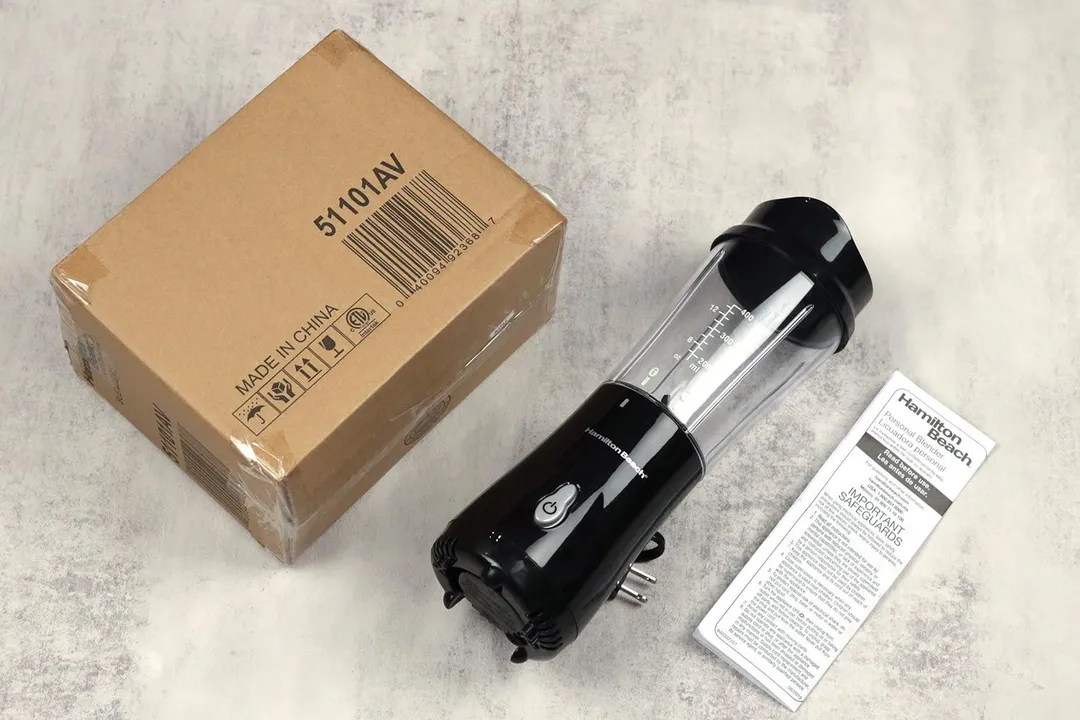
Dimensions
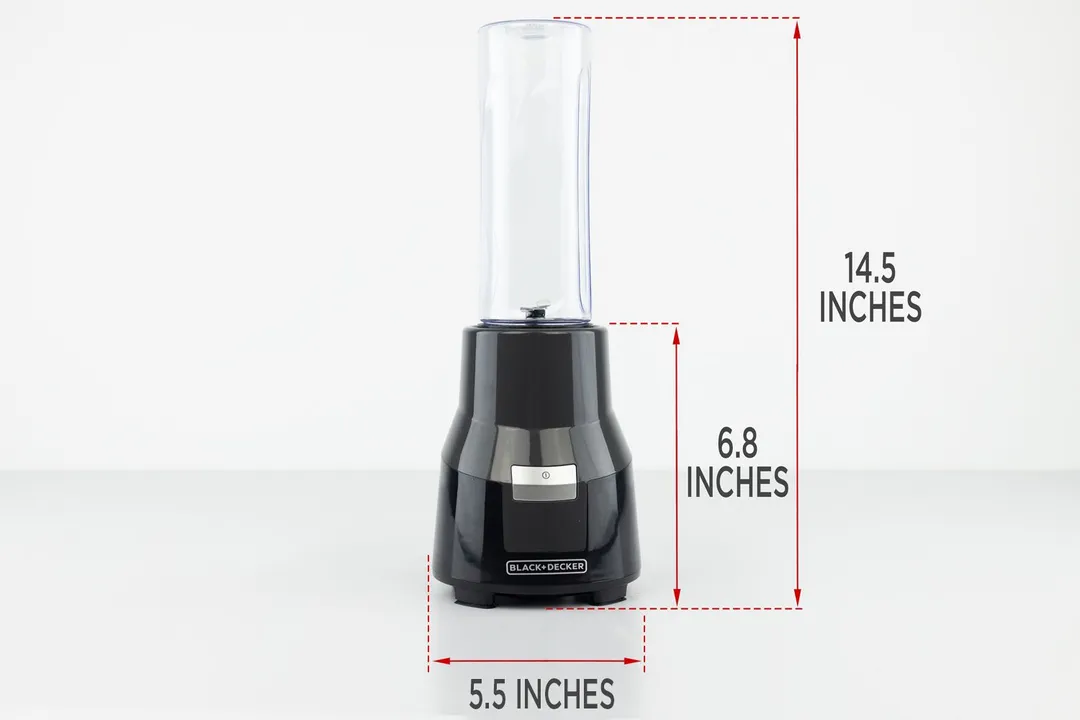
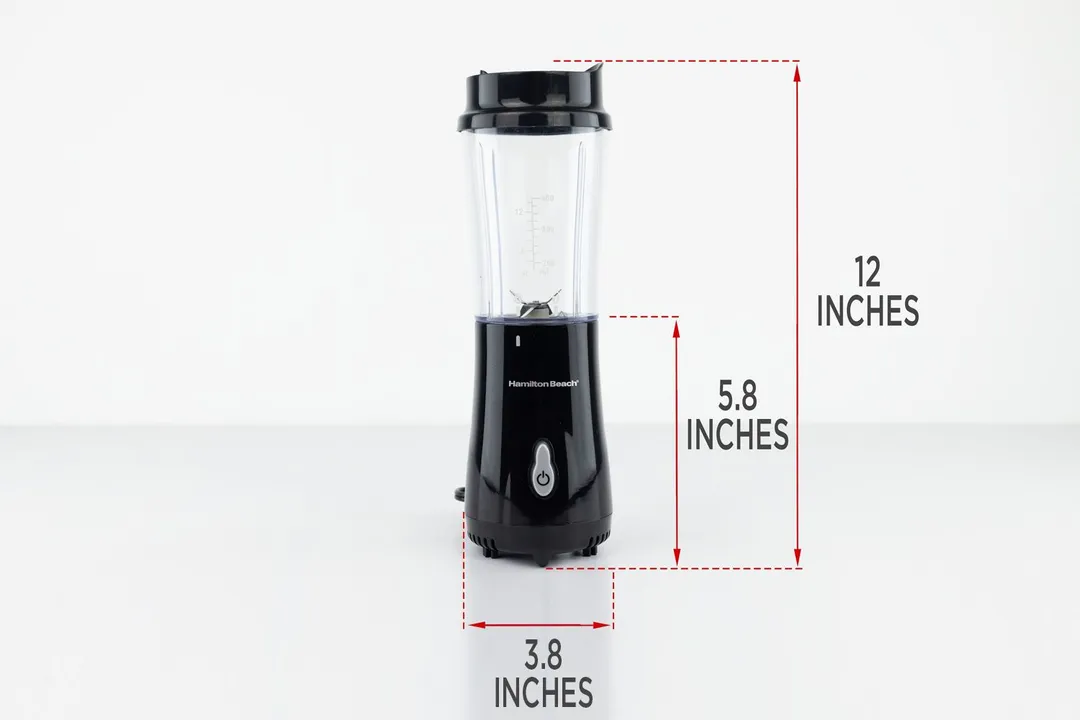
Build Quality

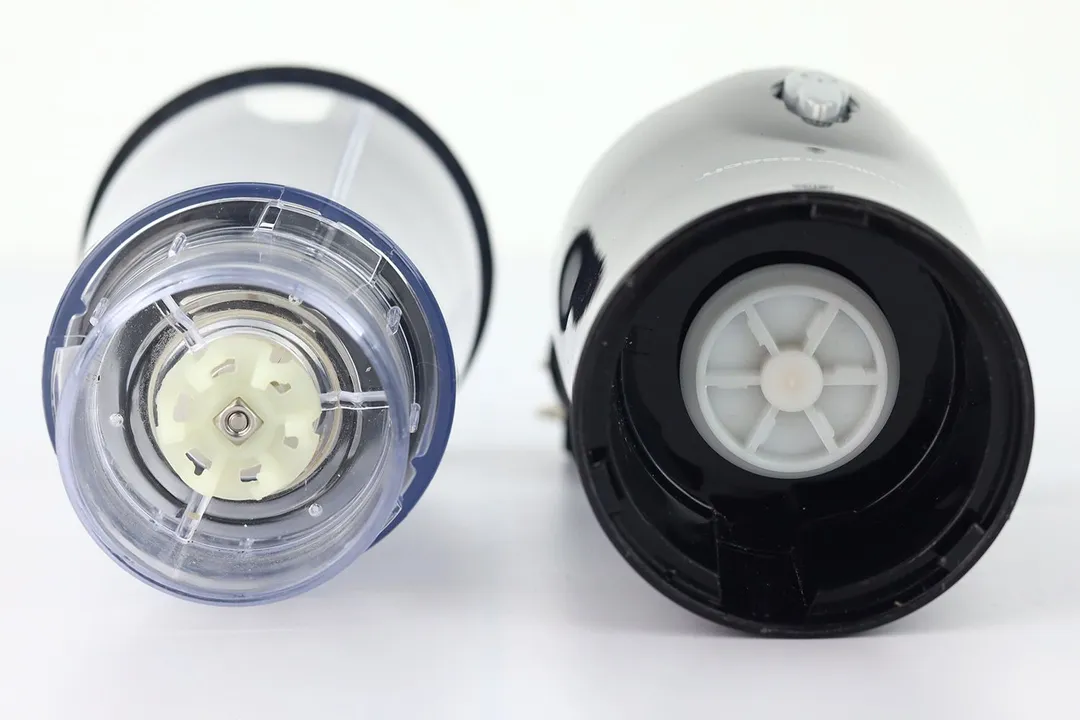
Blades
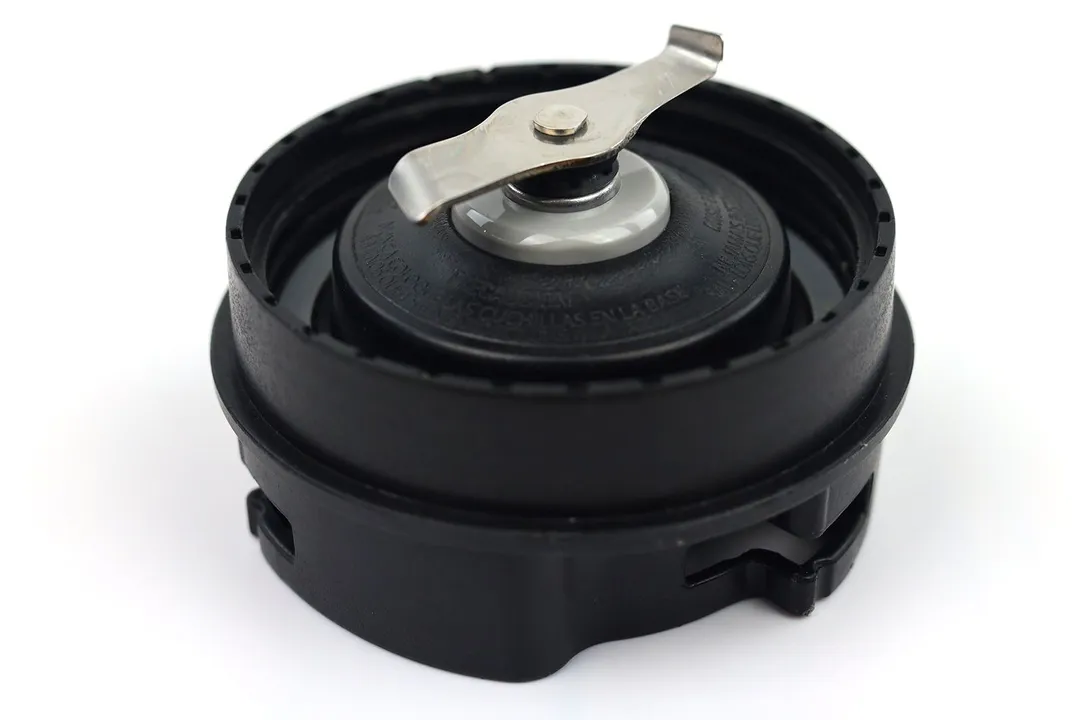

Motor Base
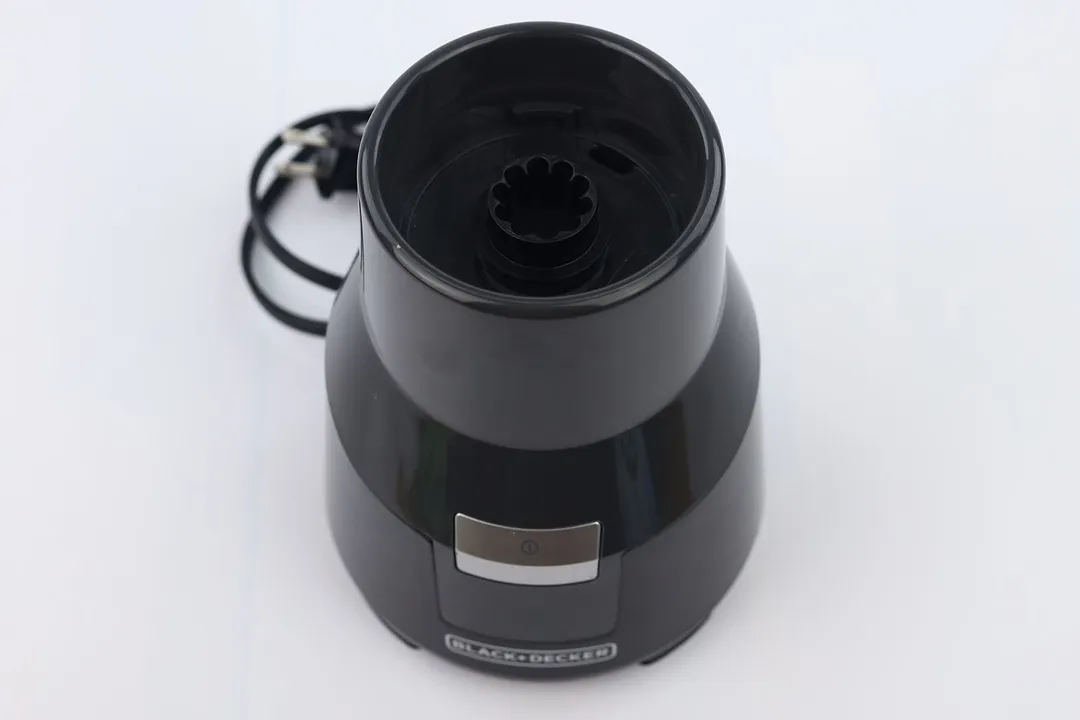

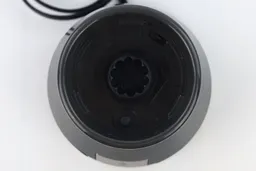
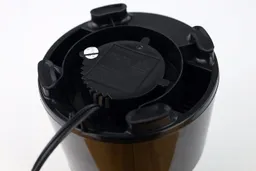
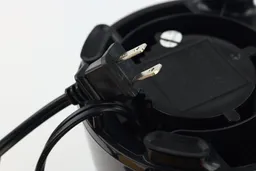
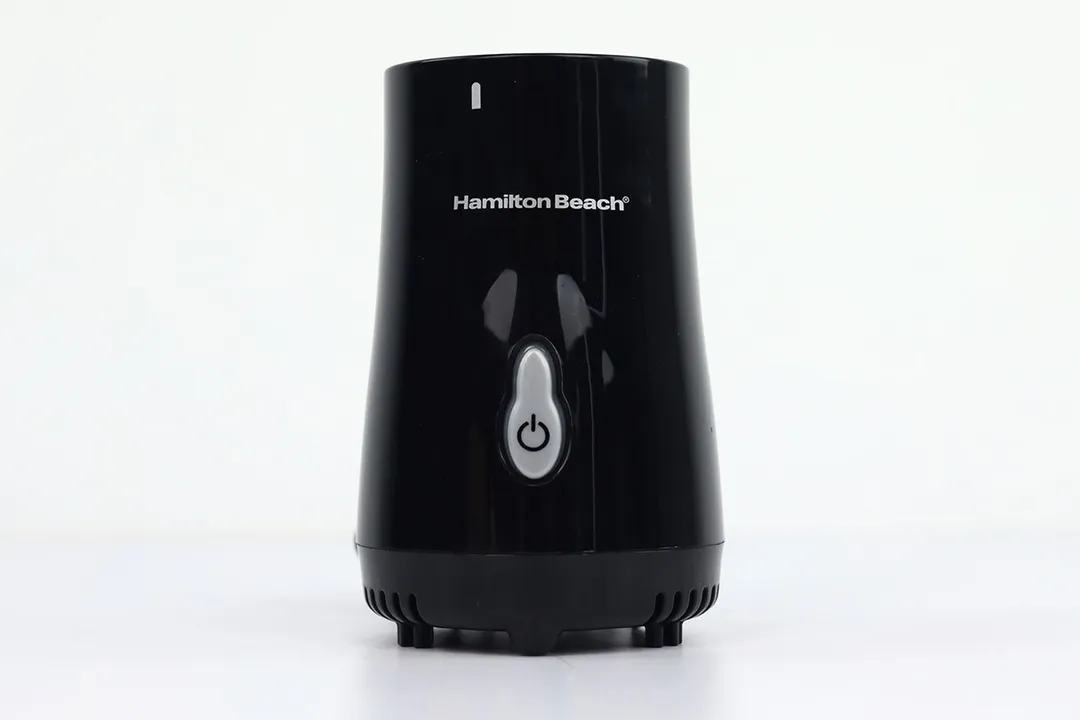

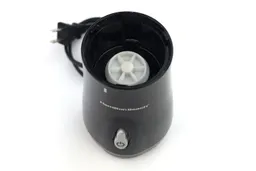

Blending Cup



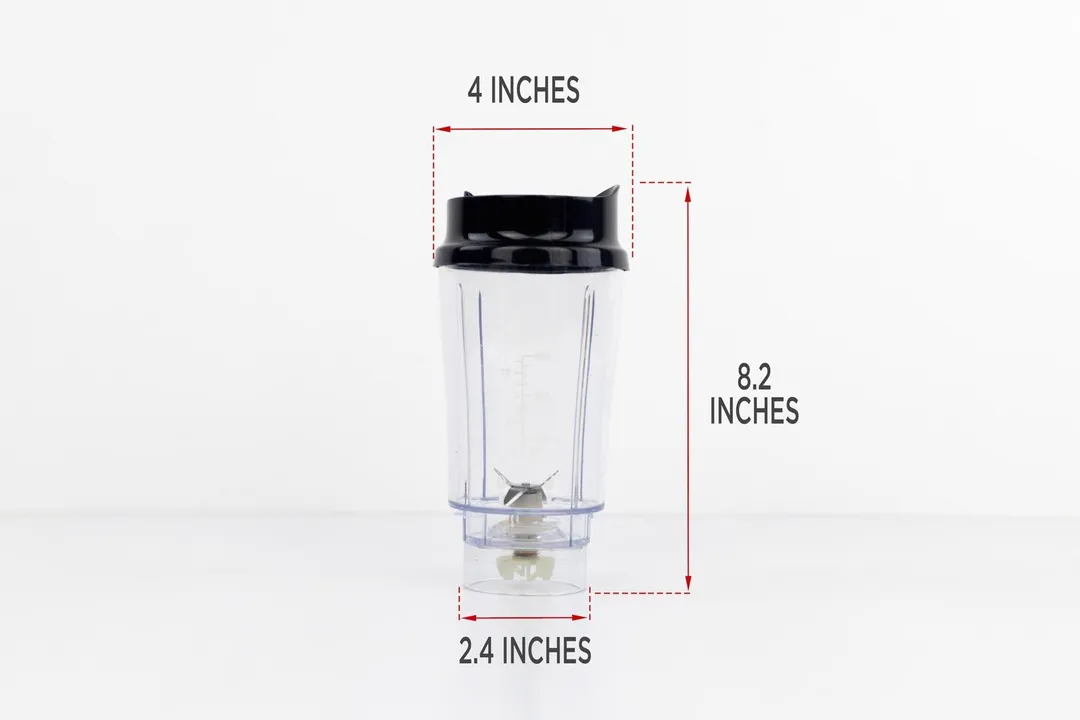
Speed and Controls
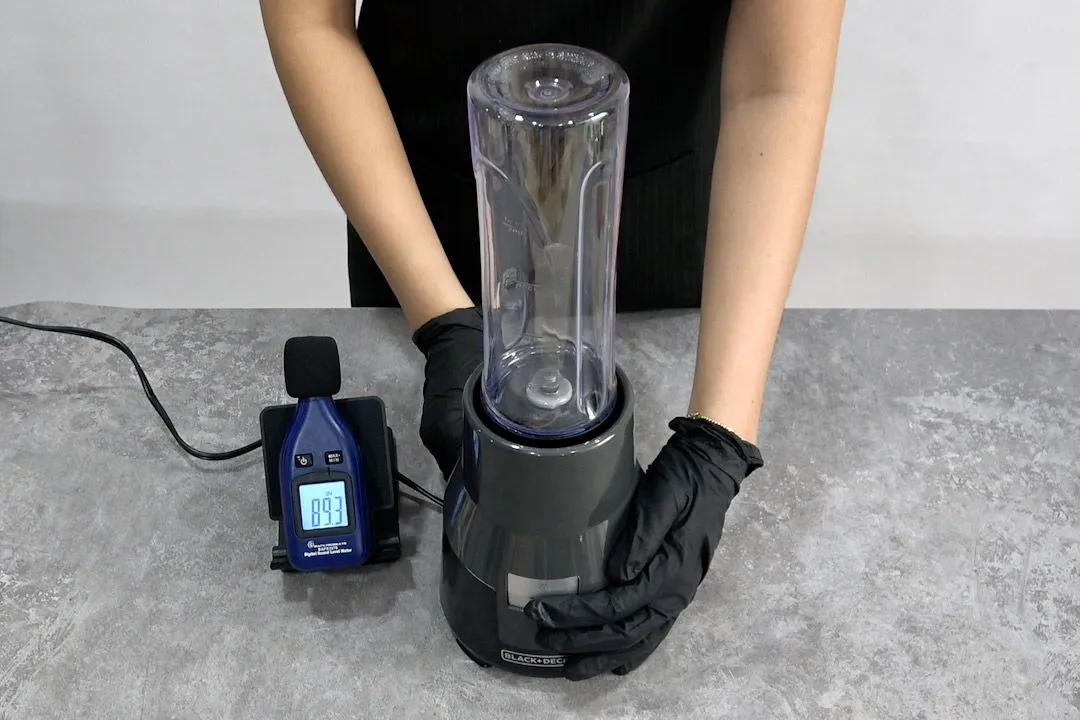
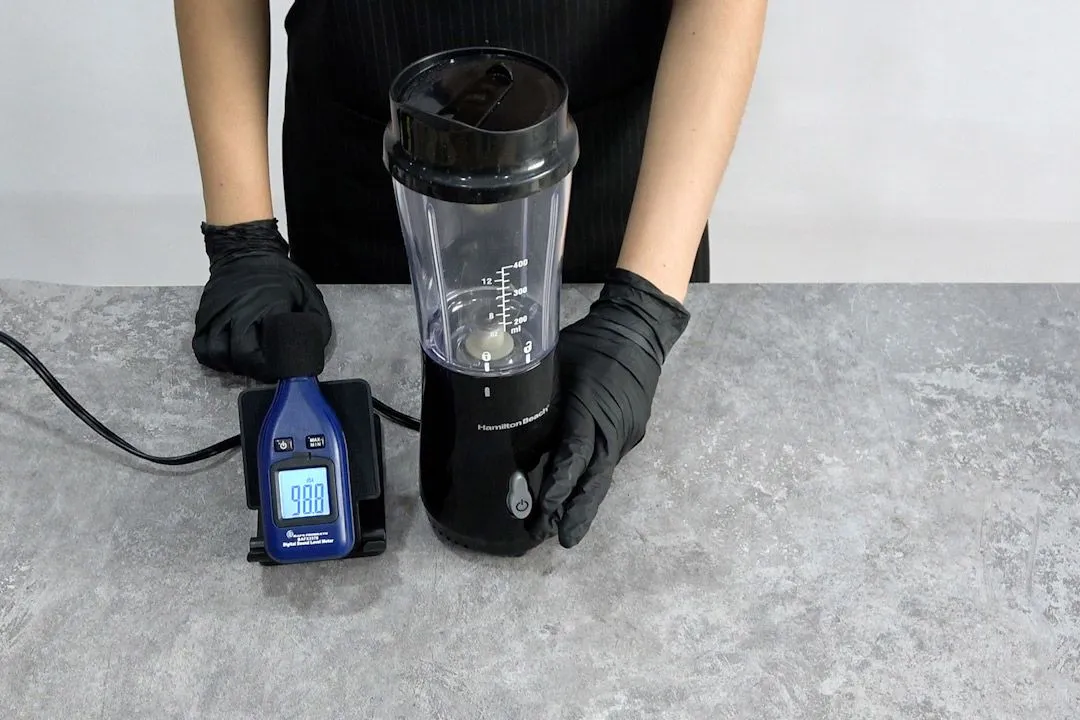
Usability
Hands-Free Operation
Assembly
Cleanability
Behind the Comparison
Tina Pham is a staff writer and reviewer, with five years of experience in the industry. As a passionate amateur home cook, she loves to discover practical cooking solutions, and has made it her mission to bring her findings to every kitchen. Her ultimate goal is making cooking more of a pleasure for all.
Lap is Head of the Research, Testing, and Review Team (RTR Team) at HealthyKitchen101.com, where he directs and supervises the testing of kitchen gadgets and appliances.
Tuyet Pham is an award-winning Saigonese chef passionate about delicious and healthful foods. At HealthyKitchen101, she develops recipes and collaborates with our Research, Testing, and Review lab to evaluate the performance of cooking appliances. Her assessments add a strong authoritative voice to our product scoring process.
Nguyen Ntk is a graphic designer, photographer, and videographer whose philosophy centers around respecting and celebrating the beauty of reality. Through his lenses, Nguyen strives to capture the true essence of objects and events, showcasing and highlighting authentic features without distortion or exaggeration.




